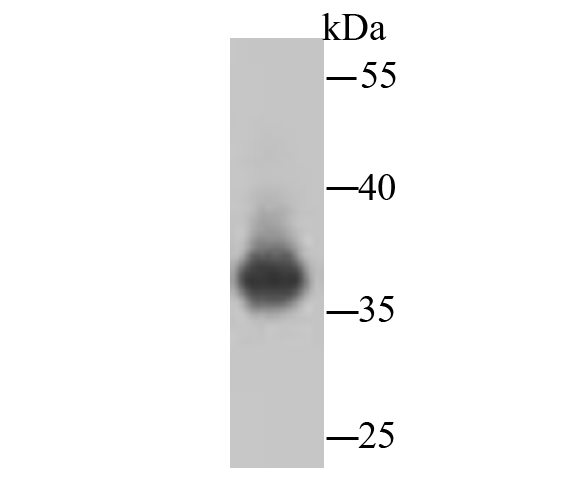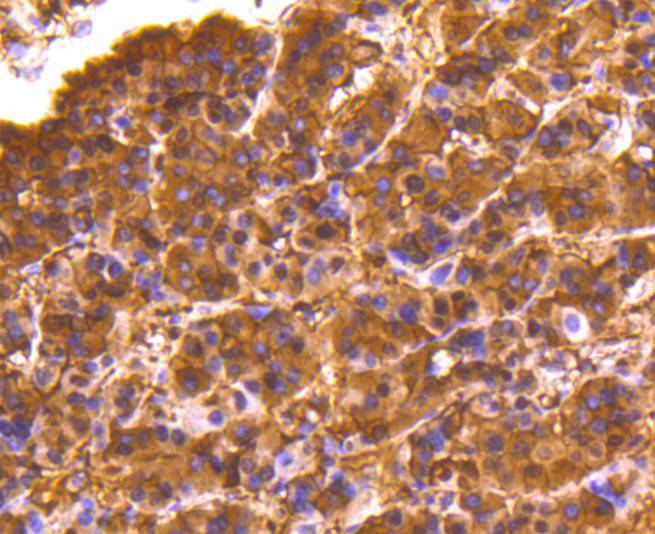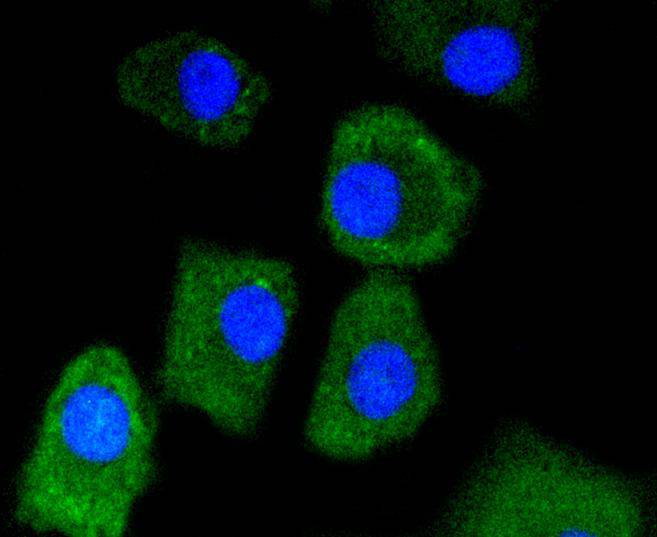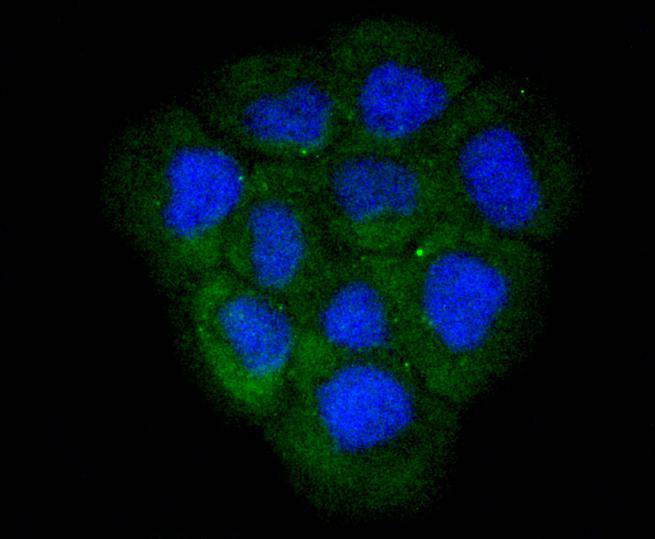The lactate dehydrogenase family (LDH) catalyzes the final step of anaerobic glycolysis, the conversion of L-lactate and NAD to pyruvate and NADH. The LDH family consists of three members, LDH-A, LDH-B and LDH-C, all of which form tetramers consisting four subunits. However, each family member displays a specific tissue distribution pattern with LDH-A and LDH-B predominant in several tissues, specifically LDH-A in muscle and LDH-B in heart, while LDH-C expression is confined to the testis and sperm. LDHs function as powerful markers for germ cell tumors. The genes encoding human LDH-A and LDH-C map to chromosome 11, while the human LDH-B gene maps to chromosome 12. Deficiency in the LDH-A gene is linked to exertional myoglobinuria.










